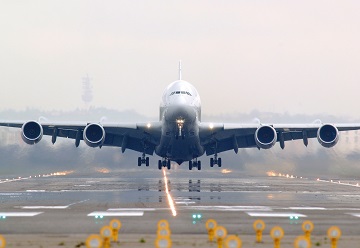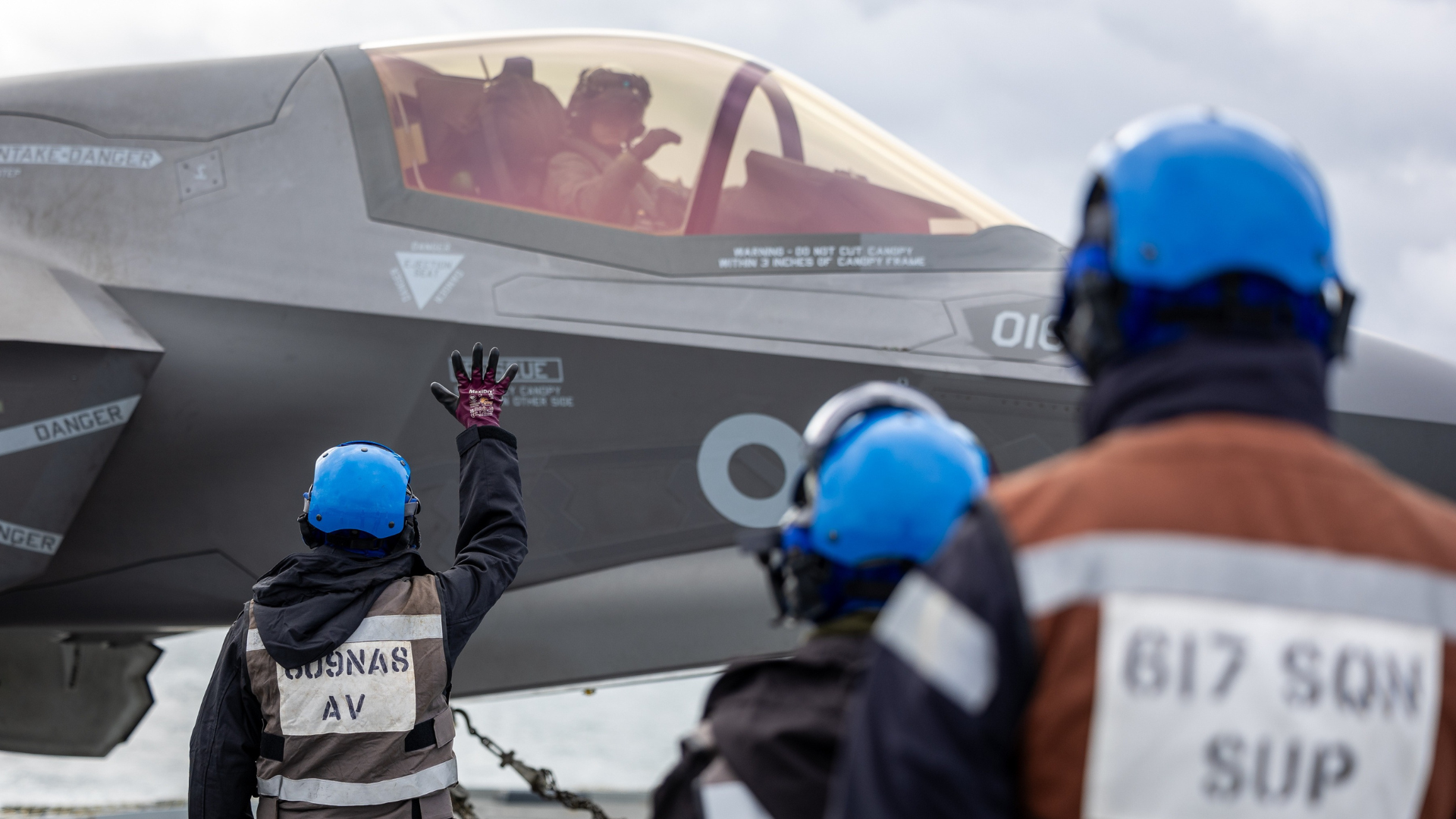
16th October was the 110th anniversary of the first aeroplane flight in the UK, flown by Samuel Cody who had built his own flying machine. This inaugurated a UK age of flight which today carries 250 million passengers a year and contributes a total of £22 billion to the economy – in addition to £35 billion in aerospace manufacturing. 2018 would look very different to Samuel Cody in 1908, but without doubt he would be impressed by the creativity and innovation at the heart of the industry.
Yet there are more developments in the industry to come, and it’s easy to see that aerospace still has a lot of potential to develop. As such, this week we’ve seen a number of announcements which look to the future shape of flight and aerospace manufacturing in the UK.
Heathrow has announced financial incentives for the use of electric and hybrid aircraft on the upcoming third runway. During the third runway’s first year, those types of aircraft will not be required to pay landing fees – which could be worth up to £1 million for airlines. These would initially fly short-haul routes – which are some of Heathrow’s busiest – including to Amsterdam, Dublin and Edinburgh.
One development ongoing is a collaboration between EasyJet and Wright Electric, which are planning a 150-seater regional aircraft with a range of 300 miles which they hope to fly from Heathrow. Such a concept is at the centre of the coming electric-hybrid developments in aviation.
Gatwick is also preparing its own announcements, with a study into the development of a second runway for the use of smaller regional and commercial aircraft – to reduce the pressure on their main runway and enable it to service exclusively larger commercial aeroplanes.
A whole second full-length runway is already located at Gatwick and has been since 1979, but the two runways aren’t far enough apart for it to be anything but emergency use-only. However, Gatwick is looking at the possibility of adjusting the existing layout to increase the parallel distance between aircraft to the recommended minimum of 210 meters. They believe this could increase their capacity by between 20 and 30 per cent.
Both of these are indications of two things in the UK aviation industry:
- The increased demand for flights by passengers. Gatwick has just met its estimated 2030 passenger total of 45 million people – twelve years early. This creates the demand for both innovation of existing practices, and for more aircraft. UK-based airlines have an additional 50 per cent more aircraft on order.
- The concern in the industry for the sustainable development of aviation. Growth in UK air travel since 2006 has been carbon neutral – with 10 per cent less aviation fuel being used, despite nearly 21 million more passengers carried a year. The current generation of commercial aircraft, including the A330, A350 and 777MAX, are 80 per cent more fuel efficient than their predecessors in the 1960s.





